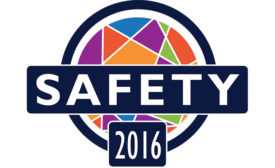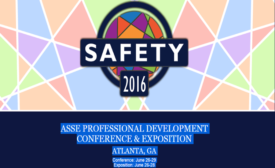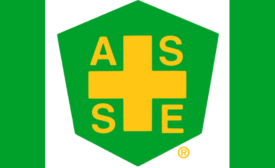Home » ASSE
Articles Tagged with ''ASSE''
January message from ASSE President Michael Belcher
Supporting our Latino community
January 5, 2016
Report from ASSE
How do you become a safety business partner?
And why should you?
June 9, 2015
Never miss the latest news and trends driving the safety industry
eNewsletter | Website | eMagazine
JOIN TODAYCopyright ©2024. All Rights Reserved BNP Media.
Design, CMS, Hosting & Web Development :: ePublishing








